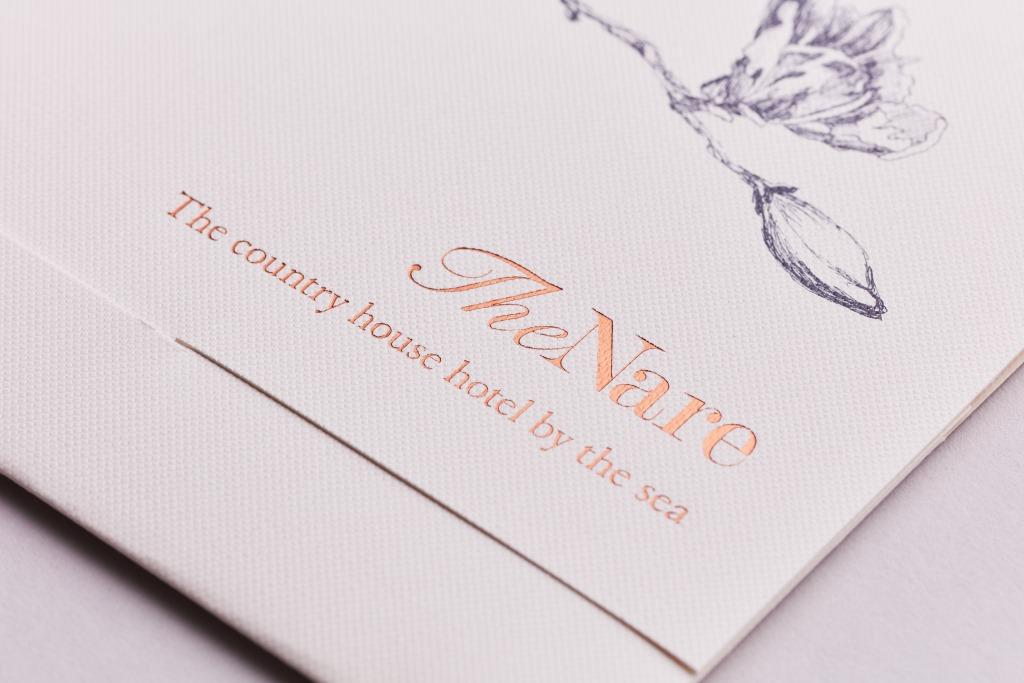FEATURED POST
For many hospitality and tourism businesses, the rule book for marketing has been thrown out the window as we learn to adapt to an ever-changing situation. With budgets being stretched further than ever before, it’s crucial to ensure that all marketing platforms justify their investment – and it’s never been more important to use print to make an impact.
The Covid-19 pandemic has seen an increase in the number of people spending time online – and of course, businesses have followed this trend with reports of a significant increase in online advertising throughout 2020. However, this means it has become more of a challenge to get your message in front of the right people in a meaningful way as you fight against competitors for space in people’s timelines.
Print’s tangibility feels ‘human and real’ against a backdrop of fleeting, competing communication vying for people’s attention. It’s engaged with, and remembered by, people of all ages – even younger and more digitally engaged audiences. Print cuts through the digital noise and offers a form of escapism – when someone picks up your print, you have their attention. They aren’t being bombarded by other messages at the same time, plus people are now spending more time at home than ever before, so have the time to enjoy brochures and books.
You’re selling something aspirational; a romantic weekend away, a family holiday or a day out making memories. This is a decision led by the heart, with foundations built to inspire and excite, combined with a hunger for credibility. By using a paper stock which feels different, or specialist finishing such as foiling to capture people’s attention and you can promote the quality of your offering.
Print also creates an emotional connection with the reader. Quality print helps to promote credibility and because it’s a multi-sensory experience, the reader’s brain reacts and retains the information differently to other marketing platforms.
This is backed up by recent independent neurological research commissioned by Royal Mail which shows that mail has a power impact on retaining information – 49% more effective than email and 35% stronger than social media advertising. However, when used in conjunction, printed marketing can boost the effectiveness of these digital platforms. Memory encoding for social media advertising was 44% higher when people had seen print first.
Mail reaches people directly in their homes and gains their full attention. JICMAIL are the independent body that collates and reports the effectiveness and engagement of direct printed marketing through door drops and direct mail. Their data shows that 94% of mail is engaged with in some way and that addressed advertising mail is interacted with four times on average.
Plus, if your print is of exceptional quality then it could be retained for longer. It’s not unusual for brochures to live on a coffee table for weeks, being revisited and leafed through. In fact, as I write this, I can see the Spring 2020 edition of the Headland Hotel magazine from the corner of my eye. It arrived in February, yet it still lives on my coffee table – it’s sumptuous paper stock, steady perfect binding and vivid, colourful image of The Eden Project on the front keeps inviting enticing me back to admire.
Let’s not forget about the sustainability credentials of print too. Paper is one of the most recycled products in the world, so sustainable in fact, that European forests, where most of the raw material comes from, have grown by an area the size of Switzerland in just ten years.
The environmental impacts of our ever-increasing digital world cannot be ignored. The ICT industry accounts for around 2.5%-3% of global greenhouse gas emissions and this is predicted to rise to 14% by 2040. Businesses and individuals are increasingly using ‘cloud’ services which rely on mega data centres to store almost everything we do online; including our web searches, our social media posts and our online statements.
By using FSC paper from sustainable forests alongside working with an environmental printing company, you can be assured that by using effective print marketing, you’re not compromising your environmental values. SAPC is a member of Two Sides, an independent organisation which researches and promotes the environmental credentials of print and paper. You can read lots of really interesting reports on its website at TwoSides.info.
St Austell Printing Company specialises in working with the tourism and hospitality sector accommodation and hospitality providers to create quality, printed marketing materials. If you’d like to chat about ways we can help you to embrace the exciting and effective opportunities print brings then please get in contact with our friendly team of experts on 01726 624900, or visit our website at sapc.co.uk.









